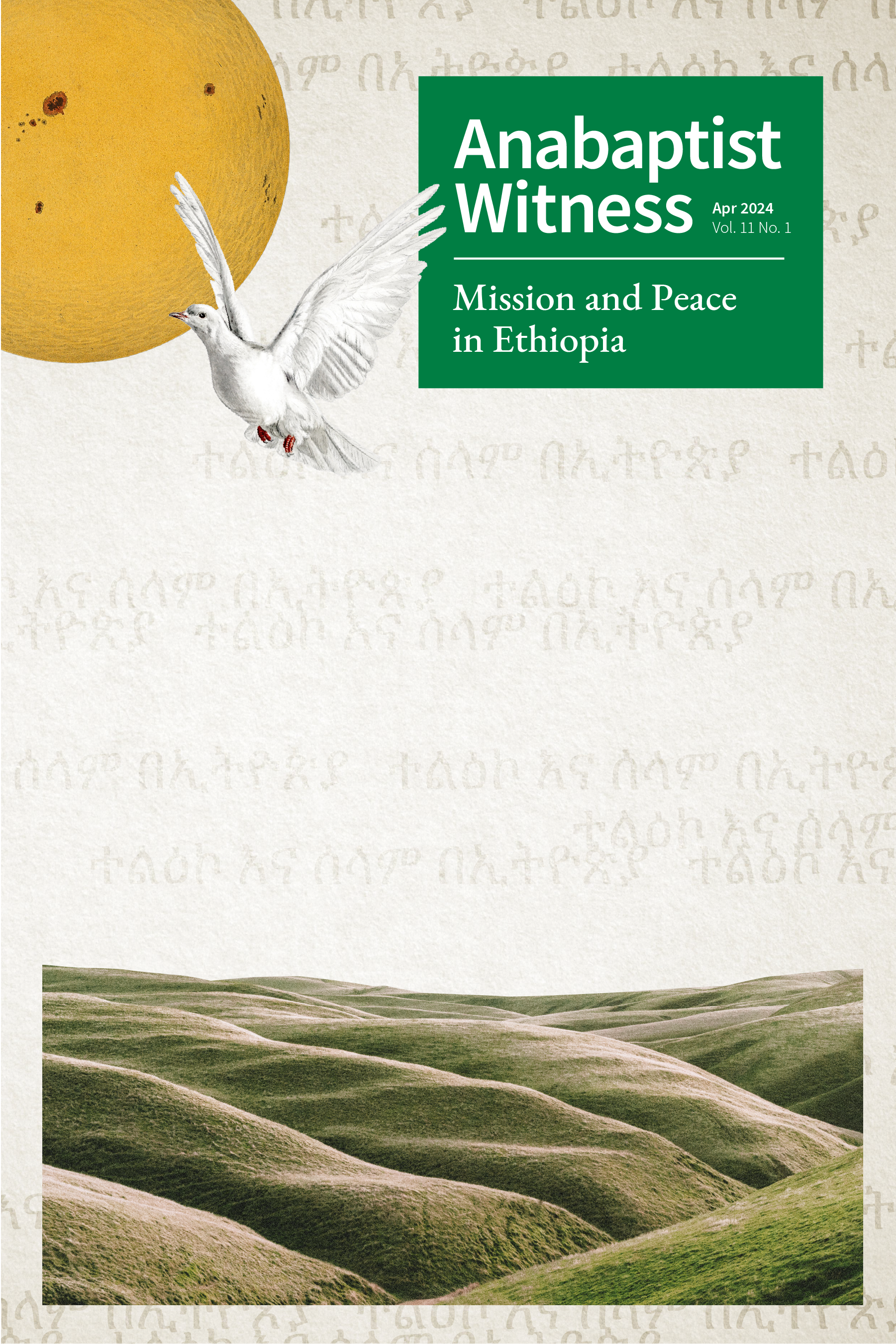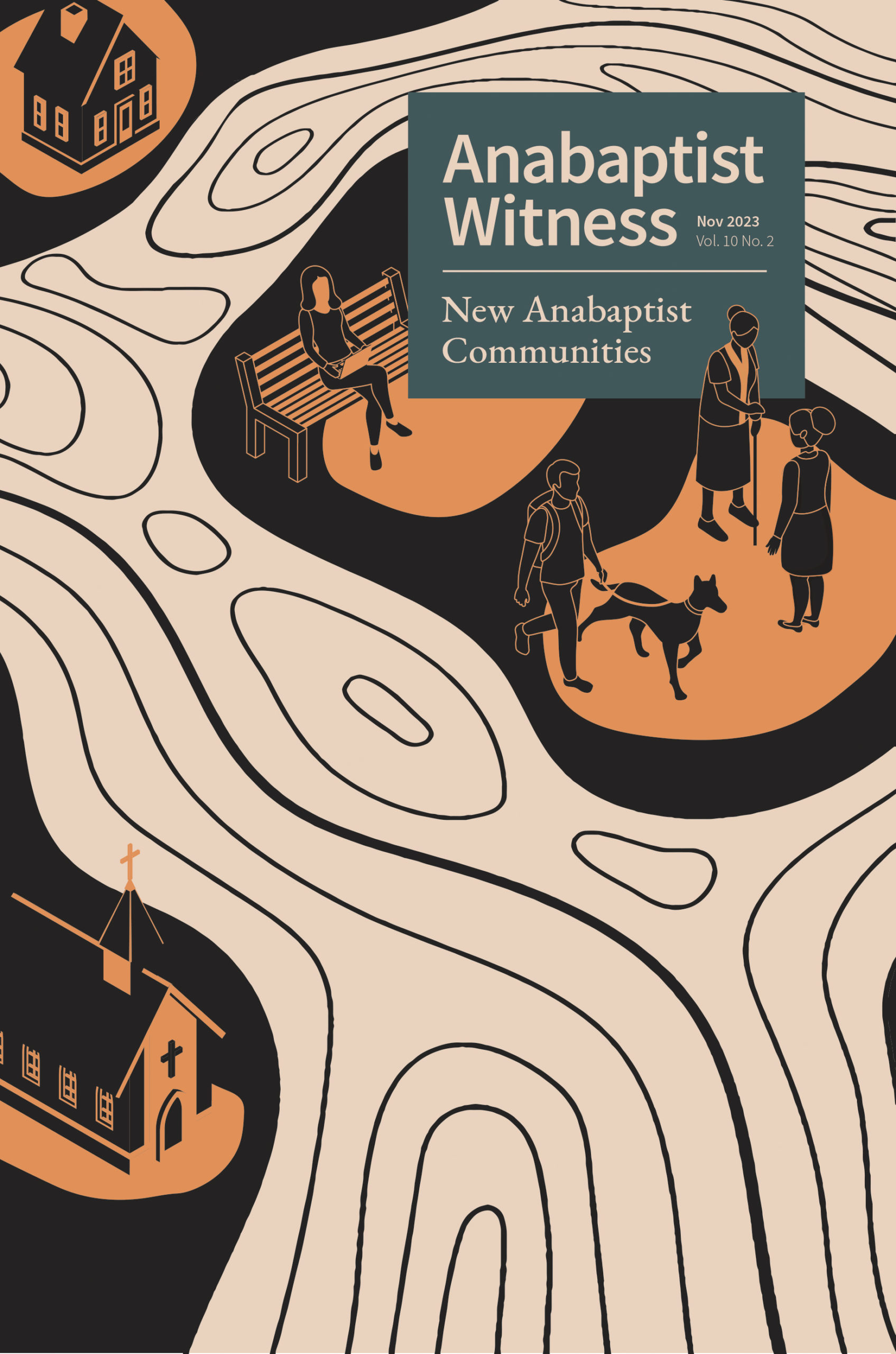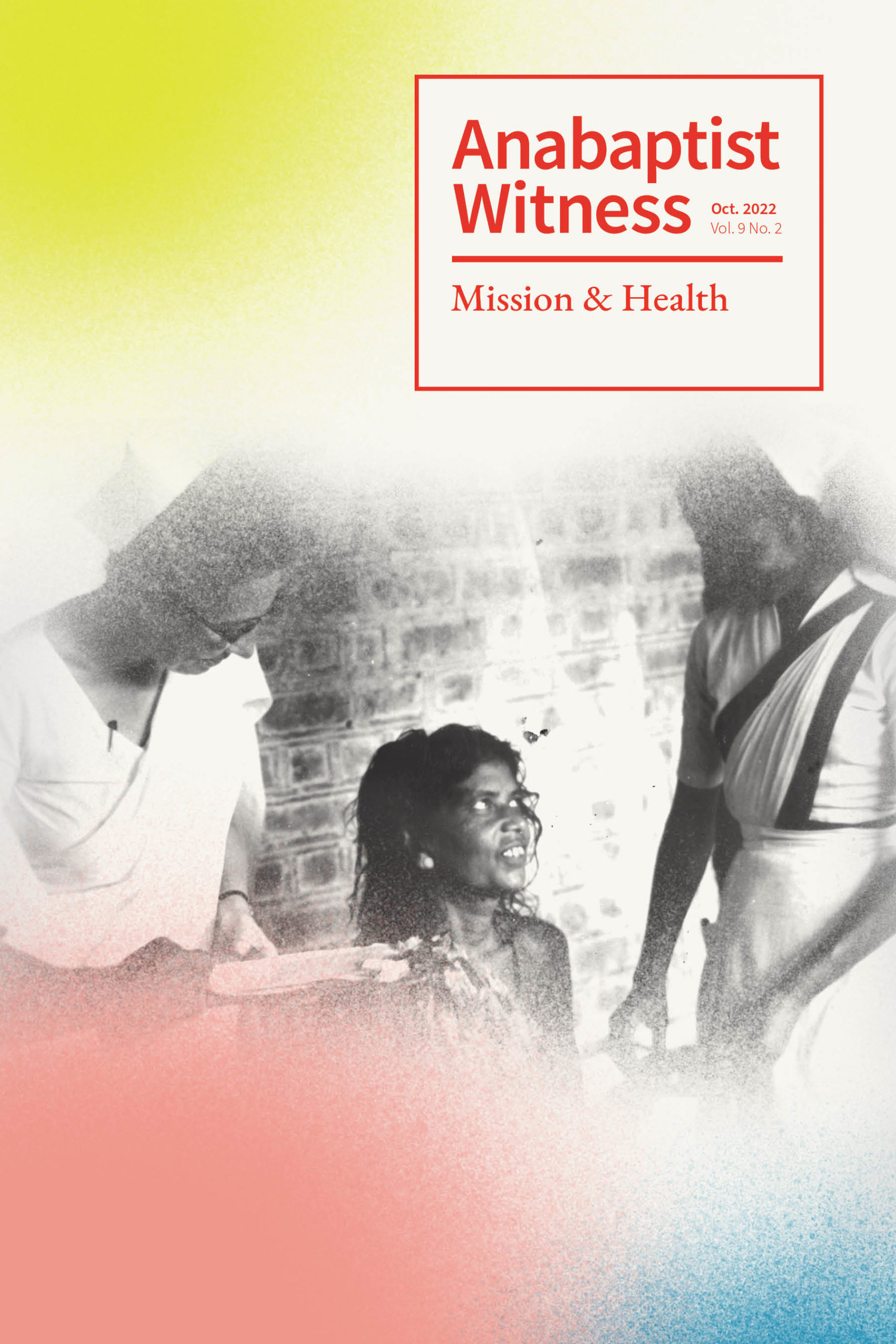Mission & Education
About This Issue Download this issue
Mission & Education
When various Anabaptist groups joined the global Protestant mission movement in the nineteenth century, their outreach efforts soon included education. To take one example, in the late 1800s a small group of mission-minded young people from Pennsylvania met to discuss how they might reach out to their neighbors through Sunday schools and service projects. This led to the initial formation of Eastern Mennonite Board of Missions and Charities (now Eastern Mennonite Missions, or EMM) in 1914, and in the 1930s the first Mennonite missionaries were commissioned to go to Shirati, in present-day Tanzania. The missionaries initially focused on planting churches and fulfilling the Great Commission (Matt 28:19–20). However, it wasn’t long until the need for literacy in the churches and communities became a critical focus, leading to the formation of primary schools and other forms of education. Since then, many other Anabaptist groups have engaged in similar mission efforts in their home communities and around the world.
In this issue of Anabaptist Witness, we intended to explore how Anabaptists and Mennonites define mission in relation to education, or education in relation to mission.
Steiner puts it simply, saying, “Education is mission!” He sees the vocation of teaching as a call to Christian ministry and addresses how Anabaptist educators could be missional in various settings and forms, emphasizing contextualization as critical. Steiner first provides definitions of mission and education and then draws upon teacher education programs at Eastern Mennonite University (Harrisonburg, VA), public schools, private schools, and international schools to exemplify how Anabaptist educators could be missional in respective contexts.
Jesus modeled relationship-building and care for the whole person throughout his earthly ministry. Amstutz’s first-person account as a retired pastor and current high school teacher also highlights the importance of “being with” his students and creating space for them to “be with” each other. Students feel seen, heard, and cared for as they are given the opportunity to share at a deeper level about their experiences, challenges, and faith, resulting in a genuine learning community.
In a similar vein, Minchala and Santillán (in their article written in Spanish) share a bit of their experience as teacher and student where education along with faith and character formation takes place within a literature classroom context. Together, through text and original illustrations, the authors engage in a dialogue around a focus text and their responses to five questions. Their perspectives confront the heteronormative patriarchy that has traditionally been the lens for mission and the Anabaptist high school experience.
Hershberger’s essay on his teaching experience in Iraq could be juxtaposed with the caution about cultural insensitivity that Steiner discusses regarding formal schooling within an international mission context. Hershberger names it “the thorn of cultural imperialism.” He reviews his role as missionary and teacher in Iraq from various perspectives using Jesus’s parable of the sower.
From another international context, Lapp recounts the history of Mennonite Central Committee’s response to the invitation from Egyptian church and educational leaders to provide nursing and English language training. This has led to a more recent emphasis on peacebuilding education. Lapp argues that while some might see this as a Western imperialist agenda, Egyptians identify these educational services as an asset leading to progress at both individual and national levels. This has opened the door to the gospel of peace in Christian and Muslim relations.
Rahma shares a bit of her story in which she, along with her Indonesian husband and two sons, are responding to the need for education in an urban slum community in Jakarta. With a heart for young children and their families in this marginalized context, Rahma recounts their experiences of starting House of Hope, a school that lays an educational foundation while also embodying the love of Jesus.
Glick examines theological education as mission in late twentieth-century England. His historical account showcases how theological education evolved and became “cross-pollinated” between North American missionaries and indigenous Christians in England.
Also within the context of theological education, Moya shares from his vast experience over several decades of missional tasks in various Latin American contexts as well as the United States. He calls us to engage in mission that “abandons conformity to the systems and assumes conflict with them, resisting through nonviolent means in order to participate in God’s work of reconciliation.” Moya also warns against the temptation to claim the inside track on our understanding of theological truths without regard for others’ perspectives, experiences, and cultural insights.
Throughout this particular issue of Anabaptist Witness, you will have the privilege of reading about and learning from the various perspectives and experiences shared by the contributing authors. Serving state-side and/or internationally, each person shares part of their story, and you will be challenged to consider some of the opportunities and challenges that emerge when the goals of education and mission intersect.
The issue closes with book reviews on topics such as African Independent Churches, Christ-followers in various religions, and Mennonite Central Committee’s Peace Section.
Guest Editors:
Shin Ji Kang (James Madison University, Harrisonburg, VA)
Ron Shultz (Eastern Mennonite University, Harrisonburg, VA)




